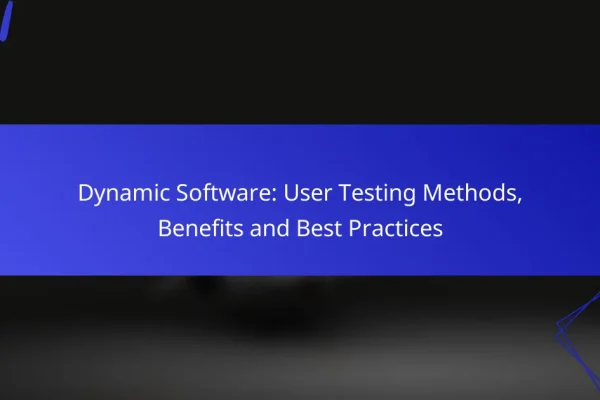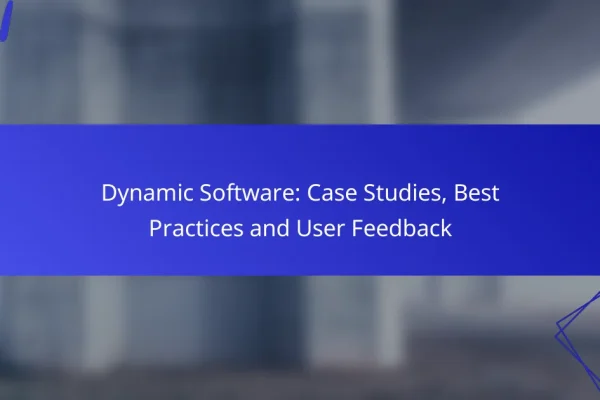
Security Metrics: Measurement Techniques, Effectiveness and Reporting
Security metrics play a crucial role in assessing and enhancing an organization’s cybersecurity posture. By effectively measuring relevant indicators and analyzing data, organizations can align their security efforts with strategic goals and make informed decisions. Clear and regular reporting of these metrics ensures that stakeholders are well-informed about security performance and can respond appropriately to…














